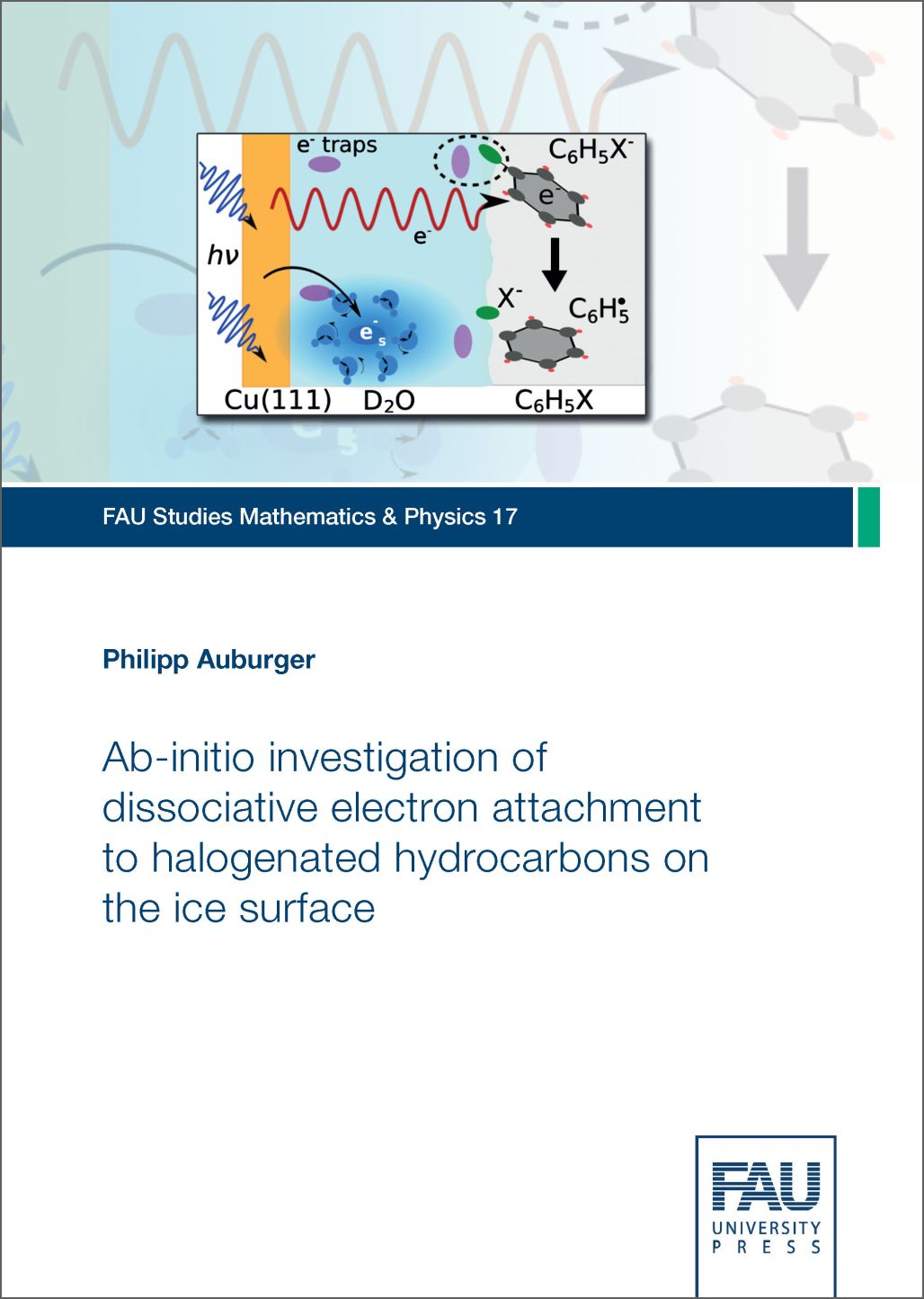Description
Nowadays industrially produced chlorofluorocarbons (CFCs) substantiallymodify the global climate, since their emission leads to environmentallyhazardous ozone depleting reactions. Beforehand photoexcited low-energyelectrons must attach dissociatively (DEA) to the CFCs on catalytically active icy grains in the terrestrial atmosphere.
This is the first systematic ab-initio study providing a comprehensivepicture of activation and course of these intermediate chemical reactionsvia analysing prototypical adsorbed molecules (phenyl halogenides) and icesurface structures. A characteristic scenario for the microscopic mechanisms and the relevantelectronic structures is found employing GW and underlying plane waveperiodic supercell DFT calculations. Insight into direct neutralphotodissociation is given by subsequent BSE calculations. The theoreticalresults are entirely consistent with the observations, made e.g. via STMor 2PPE experiments, and contribute significantly to their explanation.Apart from that nascent solvated electrons at the ice surface are offundamental interest, since they can induce reactions of adsorbates in awide range of energy and time scales. The results evidence a connectionbetween electron solvation and reorientations of ice surface molecules.


Reviews
There are no reviews yet.